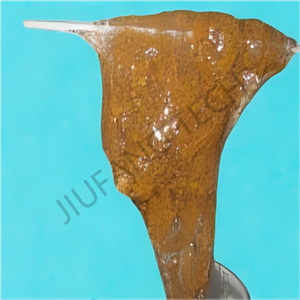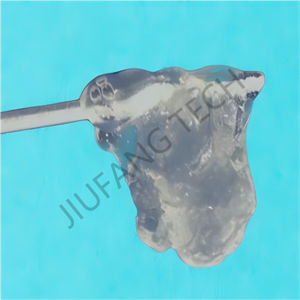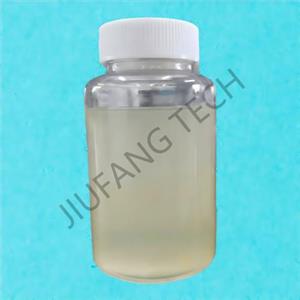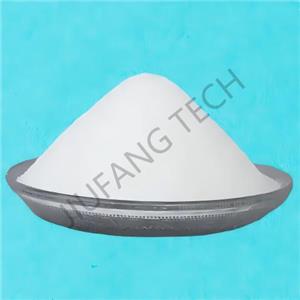Drag reducer manufacturer
Drag reducer in Belarus
Our main products - drag reducer has been sold to Belarus and gained high praise from the end users. Drag reducer, also named drag reducing agent for crude oil, is widely used in fracture fluid in the oilfield. We are a drag reducer manufacturer which is located in China. Based on the Belarus situation, we customized a special product using the drag reducing agent composition to make it.
The core requirements vary across different reservoir and construction scenarios, and so do the corresponding performance priorities. -
When "drag - reduction efficiency" is the core requirement (for example, in long - horizontal - section and high - displacement fracturing, where reducing the frictional resistance along the way is necessary to ensure the displacement), it is necessary to prioritize high molecular weight (allowing long chains to fully extend) while also taking into account basic anti - swelling ability. Therefore, AM - DMC copolymers (AM provides a high - molecular - weight backbone, and DMC supplements cationic functions) or quaternized PAM (the PAM main chain ensures molecular weight, and quaternary ammonium groups provide basic anti - swelling) are selected.
When "salt resistance / anti - swelling" is the core requirement (such as in high - salinity formations or strongly water - sensitive reservoirs, where preventing clay swelling and blockage is needed), a high cationic degree and stable cationic monomers are required. Thus, PDMC homopolymers (with all DMC monomers and a cationic degree > 90%) or AM - DMC copolymers with a high DMC proportion (cationic degree 30% - 50%) are more suitable. Their strong charged groups can resist the interference of salt ions and firmly adsorb clay.
When "temperature resistance / shear resistance" is the core requirement (such as in deep - well high - temperature reservoirs above 120℃), the molecular chain should not be easily broken by high temperatures or shear forces. Therefore, AM - DMDAAC copolymers are more appropriate. Their cyclic structure enhances the rigidity of the molecular chain, and their thermal stability is better than that of linear DMC - type polymers. They can maintain drag - reduction and anti - swelling functions at high temperatures.
When "environmental friendliness / low damage" is the core requirement (such as in shallow wells in ecologically sensitive areas), the biodegradability advantage of natural polymer modified substances (such as chitosan quaternary ammonium salts) becomes prominent. Although their drag - reduction efficiency is relatively low (30% - 50%), they can reduce the pollution of residual liquid to the environment and cause less damage to the reservoir.




